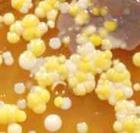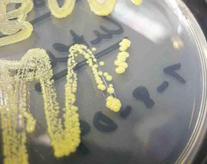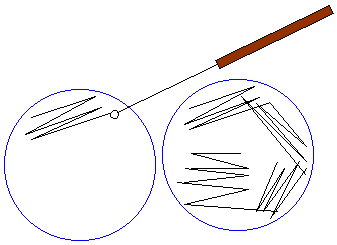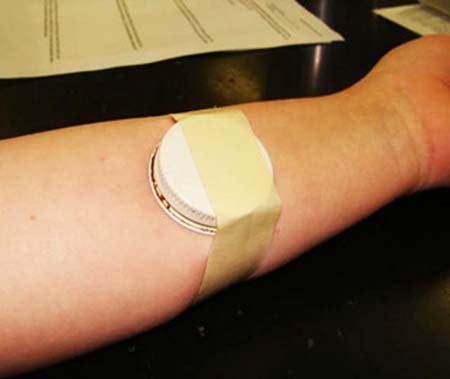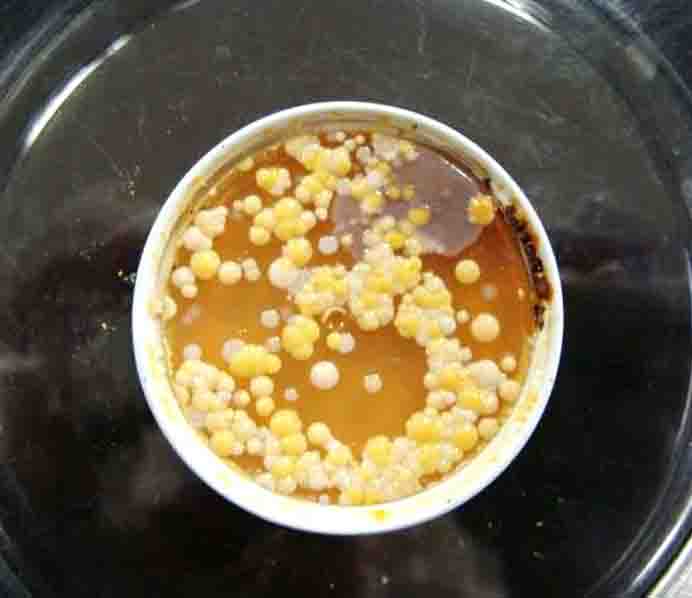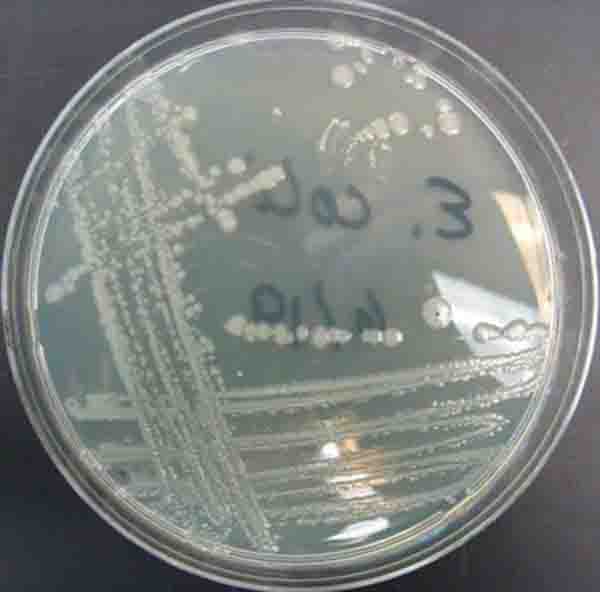 | ||||
How to Isolate Pure Bacterial Cultures
from Clinical Samples
When a medical professional suspects that a patient is ill due to the presence of a pathological (bad guy) microbe, a clinical sample is obtained from the patient. A clinical sample is material taken from a human (or an animal, in the case of veterinary medicine), such as a throat swab, or urine specimen.
Article Summary: There are two main microbiology methods used for isolating bacteria from a clinical sample in order to obtain pure cultures-streak plates and pour plates.
Isolating Bacterial Cultures from Clinical Samples
Micrococcus luteus pure culture isolated from arm plate clinical sample. Click here for more pictures of bacterial cultures.
Page last updated: 3/2016
SCIENCE PHOTOS
SPO VIRTUAL CLASSROOMS
 | ||||||
Normal Flora and Clinical Samples
Depending on the area of the body where the clinical sample was obtained, the sample is likely to contain many different types of microbes, some of which could be normal flora. Normal flora are microbes that live on and in the human body, usually without normally causing harm, and often providing some benefit. But the physician is only interested in the identity of the harmful bacteria that is causing the illness.
#1
#3
#2
Source Plate: Sample a bacterial colony using a sterile, cooled inoculation loop.
#1. Gently spread bacteria over a portion of a sterile growth media surface.
#2. Sterilize loop and let cool. Drag loop into section #1 to obtain bacteria. Then spread it out into a second section.
#3. Sterilize loop and let cool. Drag loop into section #2 to obtain bacteria. Then spread it out into a third section.
#4. Sterilize loop and let cool. Drag loop into section #3 to obtain bacteria. Then spread it out into a fourth section. Make sure that sections #1 and #4 do not overlap.
Since several different types of normal flora may be present in the clinical sample, in addition to a possible pathogen, all microbes in the sample must be isolated and identified. In order to find and identify the pathogen, it must first be grown in a pure culture.
Cultivating Microorganisms For Pure Cultures
A pure culture consists of cells that are all of the same type, either all having resulted from one parent cell, or having arisen from a group of related cells. There are several different microbiology methods that scientists can use to isolate pure cultures of bacteria. Two common methods are streak plate and pour plate techniques.
Streak Plating Isolation Technique
Streak plating is a procedure in which the clinical sample is smeared onto a section of agar (a type of bacterial growth medium) in a Petri dish and then spread out in progressive steps that, if done correctly, result in the growth of individual colonies appearing once the plate has been incubated.
Arm plate used to obtain normal flora samples from the skin. A metal cap is filled with TSY bacterial growth agar, allied to cool and set, then placed against the skin for several minutes. The cap is then incubated at body temperature, resulting in colonies of bacteria.
 | ||||||
SPO is a FREE science education website. Donations are key in helping us provide this resource with fewer ads.
Please help!
(This donation link uses PayPal on a secure connection.)
#4
Isolation streak plate of E. coli bacteria growing on TSY agar. Note isolated colonies in upper left area of plate
#1
You have free access to a large collection of materials used in two college-level introductory microbiology courses (8-week & 16-week). The Virtual Microbiology Classroom provides a wide range of free educational resources including PowerPoint Lectures, Study Guides, Review Questions and Practice Test Questions.
